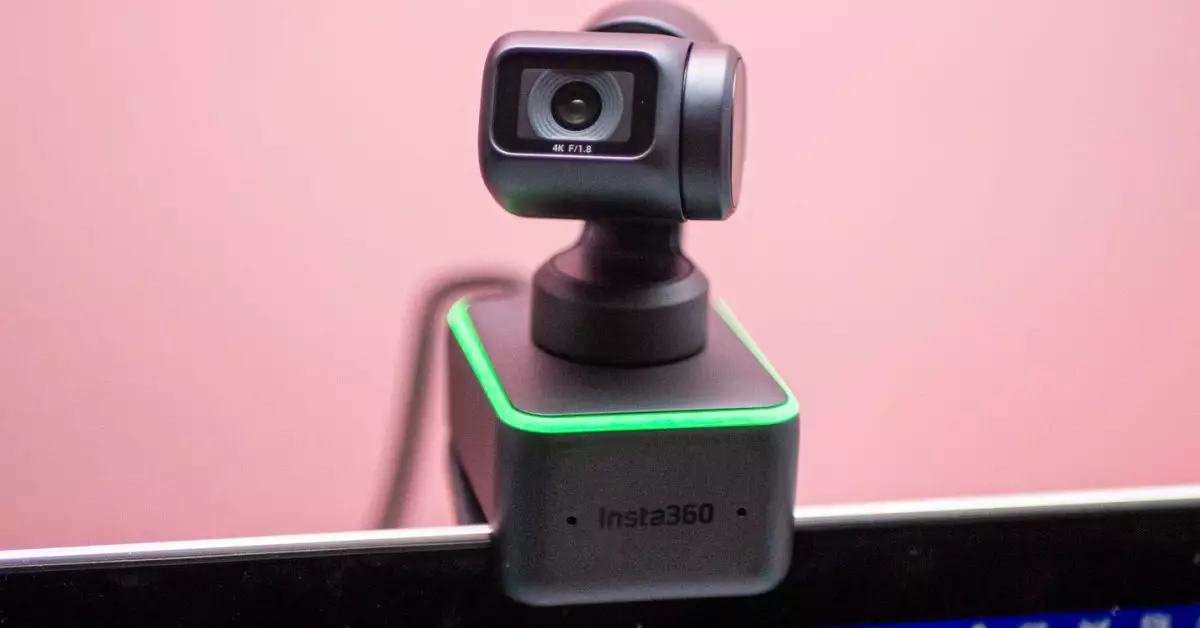The launch of the Nintendo Switch 2 promises a thrilling new era for gamers, but it also comes laden with confusion over compatible accessories, particularly webcams. As video chatting becomes a standard feature in gaming, both for social interactions and streaming, the question arises: which webcams are truly effective for use with the Switch 2?
The Compatibility Conundrum
Nintendo has made a bold claim that gamers can utilize any USB-C webcam to connect with friends. However, the reality has been less than favorable for many users. A myriad of webcams advertised as top-notch options are failing to deliver the promised capabilities when paired with the new console. The Logitech Brio 4K, Insta360 Link, and Elgato Facecam MK.2—some of the most acclaimed choices—are particularly disappointing, casting a shadow onNintendo’s assurance.
The deeper issue here isn’t just whether a webcam is USB-C, but rather its specific compatibility with the Switch 2. Early testing indicates that older USB-A cameras, such as the Logitech C920, are still functional, implying that perhaps Nintendo’s conception of compatibility may not extend as far as user expectations. The frustration lies in the lack of a clear, comprehensive list of compatible webcams from both Nintendo and manufacturers.
Manufacturer Silence: A Missed Opportunity
It is strikingly clear that manufacturers like Logitech, Razer, and Microsoft are collectively hesitant to provide any guidance on which of their models will function properly with the new console. Instead of proactively engaging with users, the silence is pervasive; none of the major players in the webcam scene have issued a statement regarding compatibility as of the console’s launch. This void leaves consumers to speculate and test various webcams in hopes of a successful connection.
The ecological impact of this hesitance cannot be ignored; as gamers line a store aisle searching for the right camera, it raises concerns about wasteful purchases that could have been prevented. It’s critical for companies to innovate not only in their products but also in user communication, actively informing users about compatibility and future plans for firmware updates that might enable features across devices.
Creating Clarity: The Community’s Role
While Nintendo has taken a hands-off approach, the gaming community appears prepared to shoulder the burden. Social media platforms and forums like Reddit are becoming research hubs for gamers eager to compile successful experiences with various webcams. This crowdsourced approach offers hope, as users begin to share their insights on working and non-working models. What we may end up with is an unofficial, yet incredibly useful, reference guide compiled by the community itself—a testament to the ingenuity of gamers everywhere.
Interestingly, Nintendo’s settings make it surprisingly easy to determine if a webcam is compatible. With just a few menu navigations, users can find out if their webcam displays correctly on the console. This user-friendly approach lightens the burden, but the real question is: why not partner with webcam manufacturers to provide official compatibility lists from the get-go?
The Promise of Updates
On a positive note, companies like Elgato are showing a glimmer of hope by promising to look into the possibility of firmware updates for their cameras. This reflects a willingness, albeit reactive, to adapt to the evolving console landscape. However, such measures should not be seen as a panacea but rather as the bare minimum expected to keep pace with the demands of a modern gaming ecosystem.
The reality of firmware updates serves as a reminder that technology is rarely static. Compatibility issues often arise as systems evolve, and keeping them in sync is critical. It’s clear that companies must not only prioritize new releases but also establish robust support for older models, thus maintaining a loyal customer base while ensuring satisfaction.
As the Nintendo Switch 2 unfolds its potential, the ecosystem surrounding it—a blend of hardware, software, and accessories—faces tests that may define its success. The path forward involves transparent communication from manufacturers, community-driven solutions, and a continued promise of adaptation and improvement. Only then can the excitement of this new console truly be realized.

